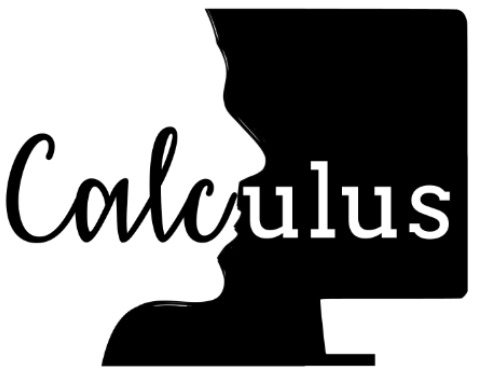
Time is deeply woven into how people perceive, and communicate about the world. Almost unconsciously, we provide our language utterances with temporal cues, like verb tenses, and we can hardly produce sentences without such cues. Extracting temporal cues from text, and constructing a global temporal view about the order of described events is a major challenge of automatic natural language understanding. Temporal reasoning, the process of combining different temporal cues into a coherent temporal view, plays a central role in temporal information extraction. This article presents a comprehensive survey of the research from the past decades on temporal reasoning for automatic temporal information extraction from text, providing a case study on how combining symbolic reasoning with machine learning-based information extraction systems can improve performance. It gives a clear overview of the used methodologies for temporal reasoning, and explains how temporal reasoning can be, and has been successfully integrated into temporal information extraction systems. Based on the distillation of existing work, this survey also suggests currently unexplored research areas. We argue that the level of temporal reasoning that current systems use is still incomplete for the full task of temporal information extraction, and that a deeper understanding of how the various types of temporal information can be integrated into temporal reasoning is required to drive future research in this area.
| Publication Date: | September 2019 |
| Journal: | Journal of Artificial Intelligence Research |
| Doi: | https://doi.org/10.1613/jair.1.11727 |
| Volume: | 66 |
| Pages: | 341--380 |
| URL: | https://www.jair.org/index.php/jair/article/view/11727 |